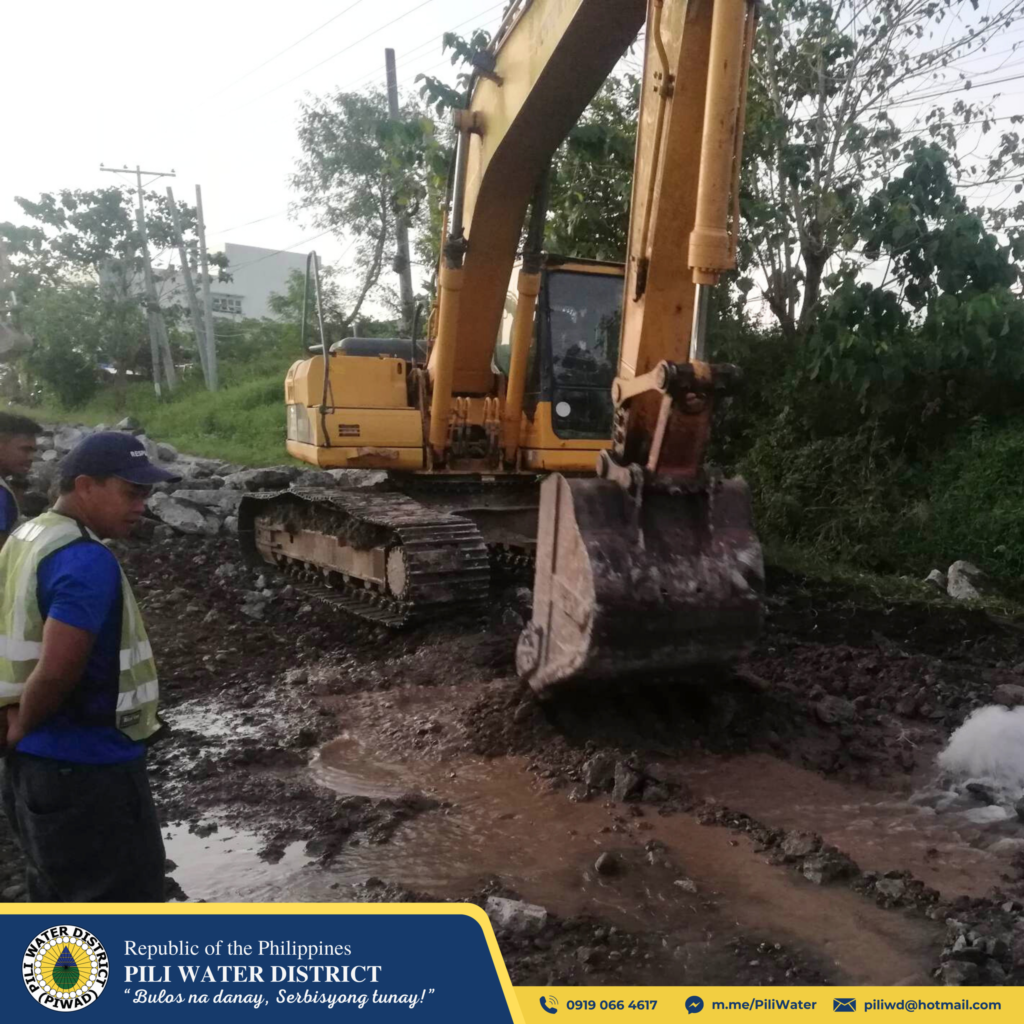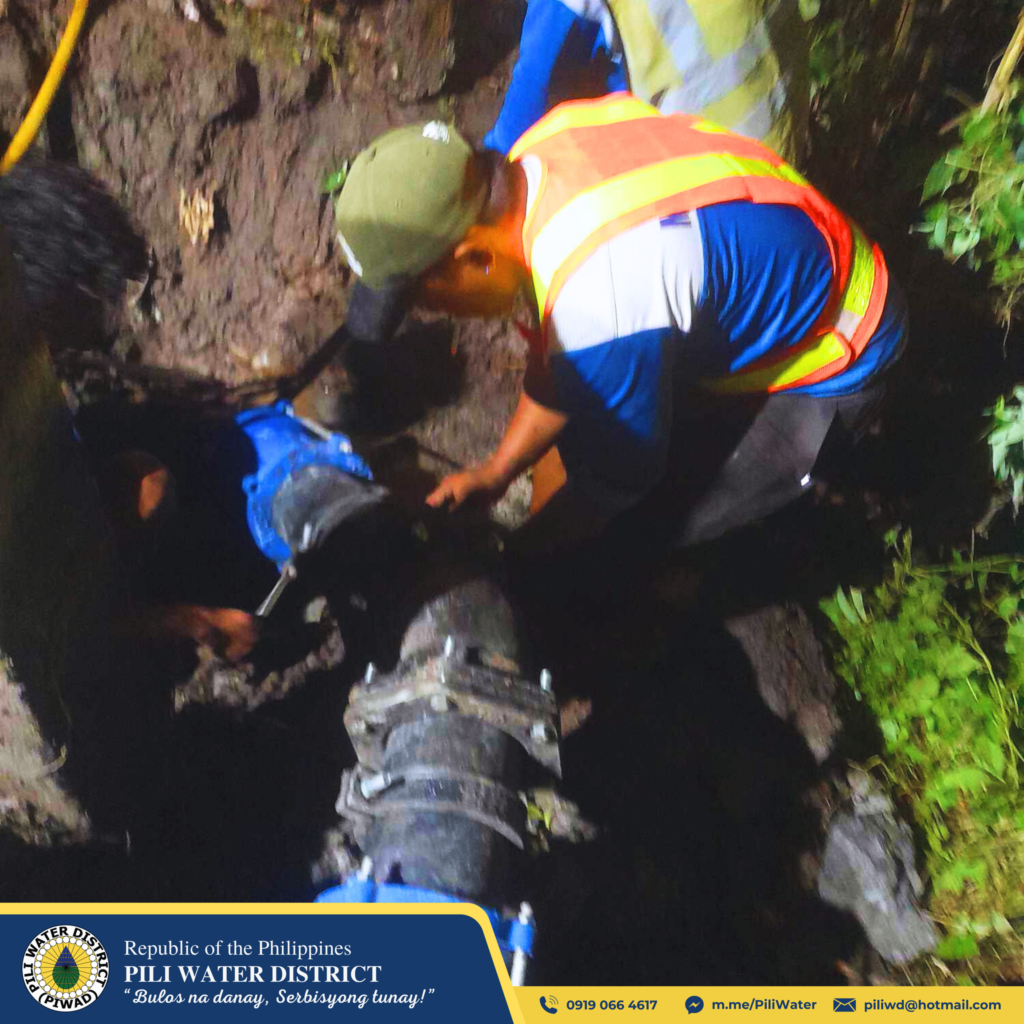When there is an ongoing scheduled or emergency repair of pipelines, several factors and outcomes may be expected. During repair work, water service may be temporarily interrupted in the affected areas. This interruption can vary in duration depending on the extent of the repair and the complexity of the pipeline system.
Before and during repair activities, consumers in the vicinity of the repair site may experience low water pressure and reduced water quality as the flow of water is adjusted or redirected to facilitate the repair process.
In cases where pipelines run beneath highways, repair work may necessitate traffic management measures to ensure the safety of workers and the public.
In the event of emergency repairs due to unforeseen pipeline failures or incidents, the Quick Response Teams of the District may be deployed to assess the situation, reduce risks, and initiate immediate repair measures to restore service and prevent further damage.
The District’s Maintenance Team adheres to safety protocols and procedures to minimize risks associated with pipeline maintenance and repair, including the use of protective gear, safety barriers, and hazard signage at the work site.
Repairs follow established standards and guidelines to ensure the integrity, reliability, and compliance of the District’s distribution system with regulatory requirements and best practices.
Following the completion of repair work, ongoing monitoring and evaluation are conducted to assess the effectiveness of the repair measures, identify any residual issues or vulnerabilities, and implement corrective actions as necessary.
In PIWAD, all activities involve coordinated efforts of different teams to address infrastructure maintenance and operational challenges while prioritizing public safety and service continuity.



